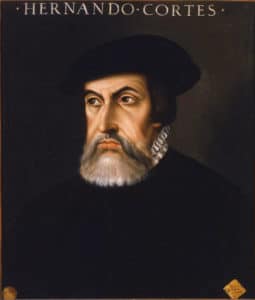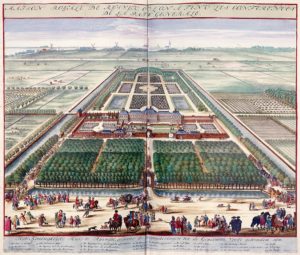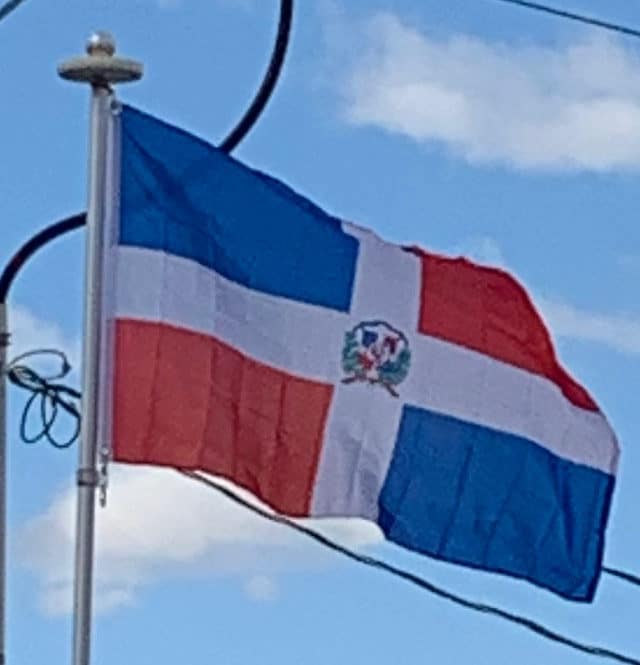The southern city of Santo Domingo served as the administrative heart of the expanding Spanish empire. Conquistadors like Hernán Cortés and Francisco Pizarro lived and worked in Santo Domingo before they embarked on their prosperous endeavors in the American continent. Sugar cane was introduced to Hispaniola from the Canary Islands, and the first sugar mill in the New World was established in 1516, on Hispaniola. The need for a labor force to meet the growing demands of sugar cane cultivation led to an exponential increase in the importation of slaves over the following two decades. The sugar mill owners soon formed a new colonial elite and convinced the Spanish king to allow them to elect the members of the Real Audiencia from their ranks. Poorer colonists subsisted by hunting the herds of wild cattle that roamed throughout the island and selling their leather.

In the 1560s English pirates joined the French in regularly raiding Spanish shipping in the Americas. With the conquest of the American mainland, Hispaniola’s sugar plantation economy quickly declined. Most Spanish colonists left for the silver-mines of Mexico and Peru, while new immigrants from Spain bypassed the island. Agriculture dwindled, new imports of slaves ceased, and white colonists, free people of color, and slaves lived in similar conditions, weakening the racial hierarchy and aiding intermixing, resulting in a population of predominantly mixed Spaniard, Taino, and African descent. Except for the city of Santo Domingo, which managed to maintain some legal exports, Dominican ports were forced to rely on contraband trade, which, along with livestock, became the on of the main sources of livelihood for the island’s inhabitants.
By the mid-17th century the French sent colonists and privateers to settle the northwestern coast of Hispaniola due to its strategic position in the region. In order to entice the pirates, the French supplied them with women who had been taken from prisons, accused of prostitution and thieving. After decades of armed struggles with the French, Spain ceded the western coast of the island to France with the 1697 Treaty of Ryswick, whilst the Central Plateau remained under Spanish domain. France created a wealthy colony in the island, while the Spanish colony continued to suffer an economic decline.

On April 17, 1655, the English landed on nearby Hispaniola and marched 30 miles overland to Santo Domingo, the main Spanish stronghold on the island. The sweltering heat soon felled many of the northern European invaders. The Spanish defenders, having had time to prepare an ambush for the aimlessly thrashing, mosquito-swatting newcomers, sprang on them with mounted lancers, sending them careening back toward the beach in utter confusion. Their commander, Venables, hid behind a tree where, in the words of one disgusted observer, he was “so much possessed with terror that he could hardly speak.” The elite defenders of Santo Domingo were amply rewarded with titles from the Spanish Crown.
The French attacked Santiago in 1667, and this was followed by a devastating hurricane the next year and a smallpox epidemic that killed about 1,500 in 1669. In 1687, the Spaniards captured the fort at Petit-Goave, but the French fought back and hanged their leaders. Two years later Louis XIV was at war and ordered the French to invade the Spaniards, and Tarin de Cussy sacked Santiago. In 1691, the Spaniards attacked the north and sacked Cap-François.
